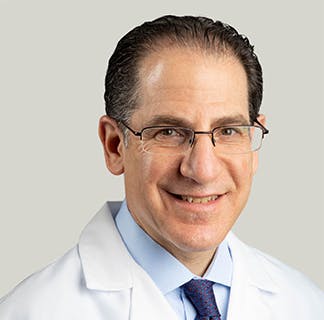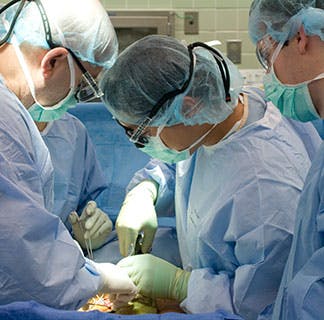What you need to know about smoking and aortic disease

Many people associate smoking with lung disease. But smoking also damages blood vessels throughout the body, including the aorta, which is our largest blood vessel. The two main problems that smoking can cause are blockages and aneurysms.
in two different ways: It can create blockages, so that blood flow gets compromised and not enough oxygen and blood reaches the tissues. Blockages can lead to heart attack and stroke. And smoking can cause aneurysms when a blood vessel gets too big and bursts.
What is the aorta?
The aorta is the largest blood vessel in the body and it supplies blood and oxygen to the entire body. It comes directly out of the heart and goes through different branches to the head, arms, chest, stomach, and down to the legs.How can smoking damage the aorta?
Smoking can badly impact blood vessels all over the body and particularlyin two different ways: It can create blockages, so that blood flow gets compromised and not enough oxygen and blood reaches the tissues. Blockages can lead to heart attack and stroke. And smoking can cause aneurysms when a blood vessel gets too big and bursts.
How much or how long do you need to smoke to cause damage?
It’s unclear how long you have to smoke to cause damage. We know that any smoking is bad. Different people are impacted in different ways. You could smoke very little and have significant impact on the whole body. We do know that any smoking can be dangerous and a small amount can have a big impact.What are symptoms of damage to the aorta?
If there are blockages, sometimes you can have stomach pain after eating because there’s not enough blood supply to the intestines. There can be pain in the legs for the same reason. In severe cases, the blood supply can become so compromised that you can lose blood supply to the foot and develop risk of amputation – that’s an extreme we like to avoid. With an aneurysm, you might not feel anything. Most of the time, if you feel back pain or abdominal pain that is as severe as any pain that you have experienced, it's at risk of bursting.Does quitting smoking reverse the damage?
Quitting doesn’t reverse damage but it helps prevent more damage. If you need a procedure, such as a stent or a bypass, it will work better and last longer if you’re not smoking. If you continue smoking, you’ll continue the damage and the stent or bypass will likely fail. You’ll also want to exercise regularly, manage blood pressure, eat a healthy diet and manage diabetes, if that’s a factor.What are other risk factors for aortic disease?
- Age: Older than 50
- Gender: Aortic disease impacts men more than women
- Family history: There are higher incidences of aortic disease if one or more family members have been previously diagnosed
- Genetic factors: Certain collagen vascular disorders, such as Marfan syndrome, Loeys-Dietz syndrome, and Vascular Ehlers-Danlos syndrome, lead to a higher risk of developing aortic disease
- Lifestyle: The following comorbidities increase the likelihood of you having aortic disease:
- Smoking
- High blood pressure
- High cholesterol
- Diabetes
- Pre-existing aneurysm: A previous aneurysm increases your chances of additional aneurysms
The UChicago Medicine Center for Aortic Diseases (UCCAD) is a comprehensive and world-class center led by vascular and cardiac surgeons. Our team approach begins with diagnosis and continues through treatment and follow-up care.

Ross Milner, MD
Ross Milner, MD, is an internationally recognized expert in vascular surgery. He specializes in the treatment of complex aortic diseases.
Learn more about Dr. Milner
Center for Aortic Diseases
For over 100 years, the world-renowned clinicians and scientists at the University of Chicago Medicine have specialized in the diagnosis, care and management of all types of aortic conditions.
Explore our aortic disease services